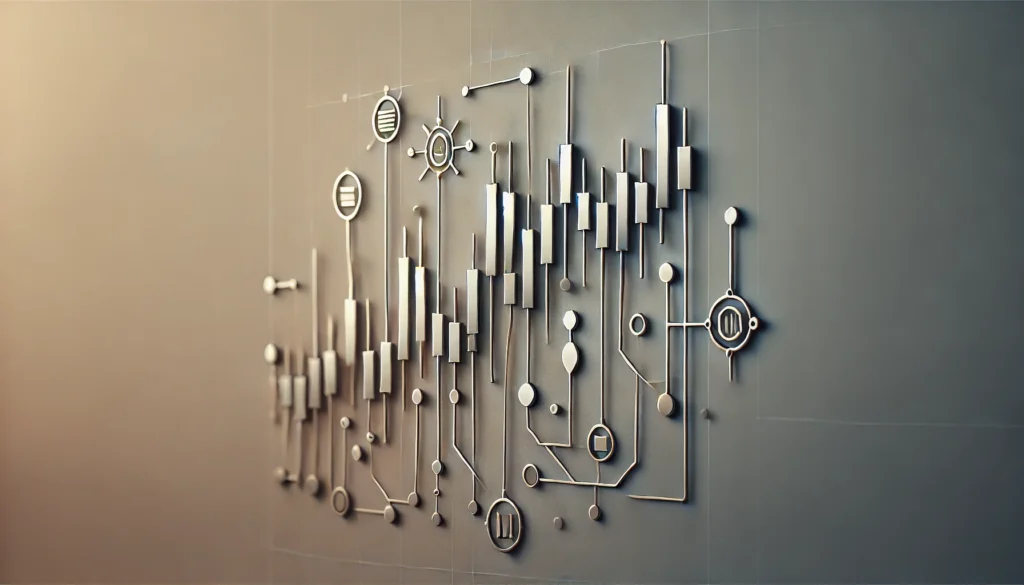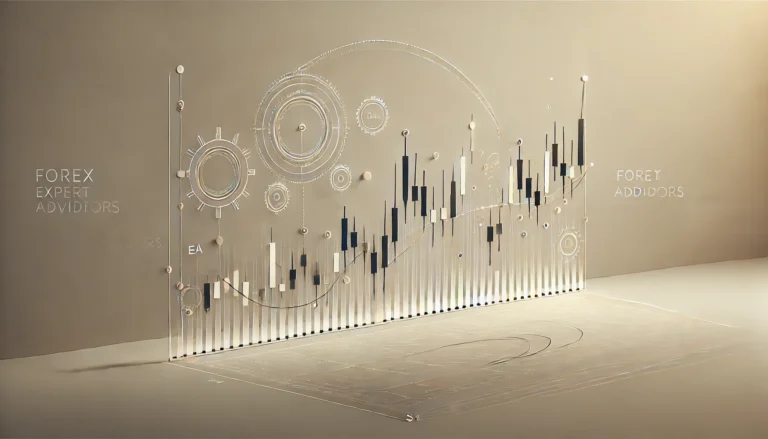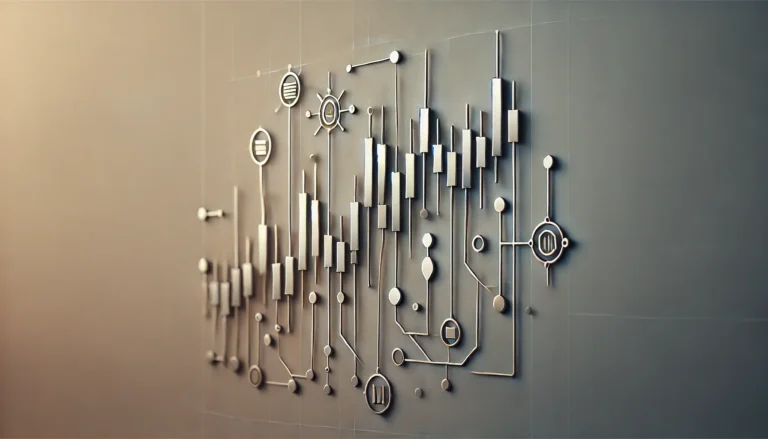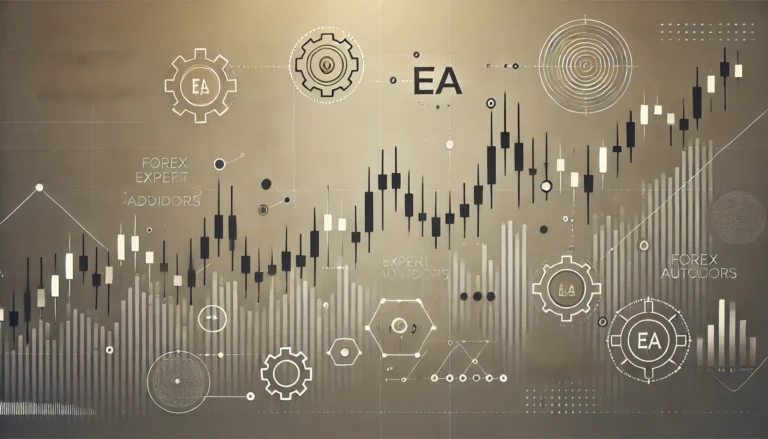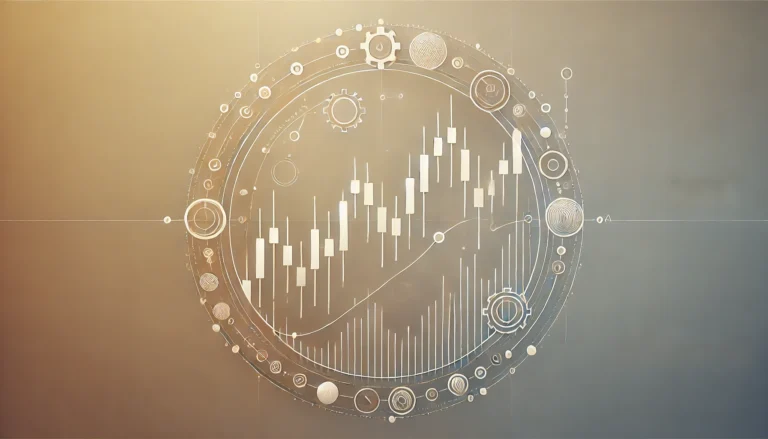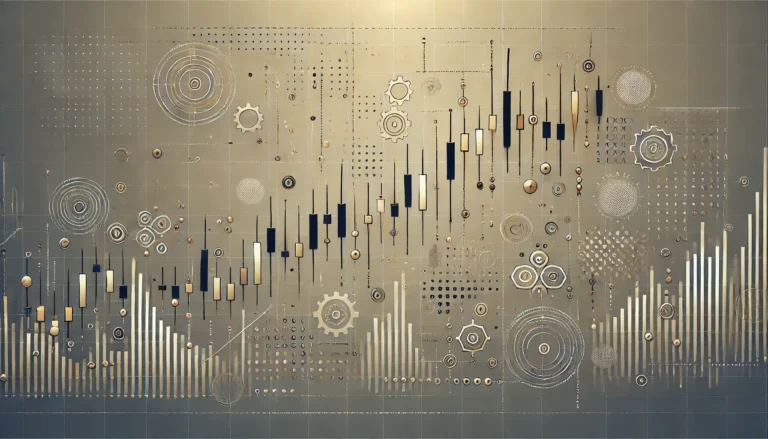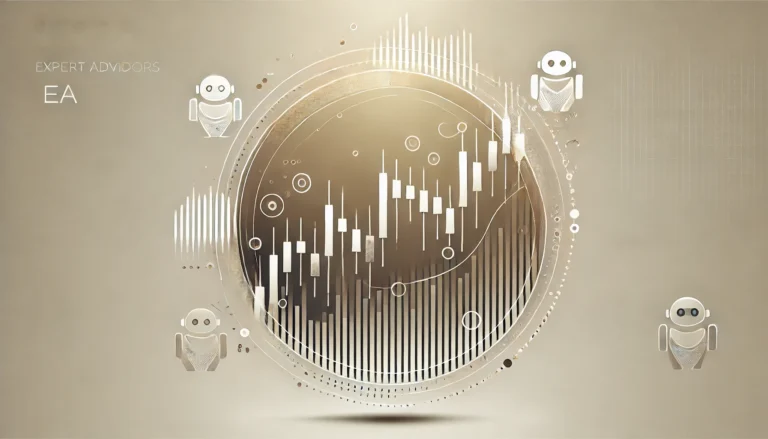When it comes to trading in the forex market, there are two primary approaches: automated trading (also known as expert advisors or EAs) and manual trading. Both methods have their unique advantages and disadvantages, making them suitable for different types of traders. This article aims to provide educational content for beginners by exploring the pros and cons of each method.
Understanding manual trading
Manual trading involves a trader personally analyzing market conditions and making decisions to buy or sell currency pairs. This approach allows for greater control and flexibility, as the trader can adjust strategies based on real-time data and personal insights.
With manual trading, emotional influence plays a significant role. Traders must manage their emotions to avoid impulsive decisions that could lead to losses. This method requires substantial time and effort but offers an unparalleled sense of satisfaction when trades go well.
Pros of manual trading
- Control and flexibility: traders can adjust their strategies as per the evolving market conditions. They are not bound by predefined rules present in automated systems.
- Strategy adaptation: manual traders can quickly adapt to unexpected news events or sudden market changes.
- Deep understanding: engaging directly with the market enhances one’s knowledge and expertise over time.
Despite these benefits, manual trading has its drawbacks. It requires constant monitoring of market conditions, which can be time-consuming and stressful. Additionally, human errors such as misjudging market trends or executing incorrect orders can lead to significant financial losses.
Cons of manual trading
- Time-consuming: continuous monitoring of market activities is needed to identify profitable opportunities.
- Emotional influence: emotions like fear and greed can negatively impact trading decisions.
- Possibility of human errors: mistakes in judgment or execution can result in losses.
Exploring automated trading
Automated trading, or using trading software like EAs, involves deploying software to execute trades based on predetermined criteria. This approach minimizes the need for manual intervention, allowing traders to focus on other aspects of their lives while the software handles the trading operations.
One of the key advantages of automated trading is speed and efficiency. The software can analyze vast amounts of data and execute trades within milliseconds, outperforming human capabilities in terms of reaction time.
Pros of automated trading
- Speed and efficiency: automated systems can process data and execute trades faster than humans.
- Reduced emotional influence: removing human emotions from the decision-making process can result in more consistent trading outcomes.
- Backtesting capability: traders can test their strategies on historical data to evaluate performance before applying them in live markets.
However, relying solely on EAs is not without its downsides. Automated systems might fail to account for unprecedented market conditions or rare events that deviate from historical patterns. Furthermore, technical glitches or software malfunctions can disrupt the trading process.
Cons of automated trading
- Lack of adaptability: EAs may struggle to adapt to unforeseen market events or poorly defined scenarios.
- Dependency on technology: technical issues or disruptions can halt trading activities.
- Limited control: traders relinquish some degree of control over individual trade decisions to the software.
Comparative analysis: EA vs manual trading
To provide a clear overview, here’s a comparative table showing the main differences between manual trading and automated trading:
| Manual Trading | Automated Trading | |
|---|---|---|
| Control and Flexibility | High | Low to Medium |
| Emotional Influence | High | Low |
| Speed and Efficiency | Medium | High |
| Risk Management | Subject to human error | Rule-based |
| Adaptability | High | Low |
Choosing the right approach
Your choice between manual trading and automated trading should align with your trading goals, risk tolerance, and available resources. If you prefer having full control and possess a keen interest in market analysis, manual trading might be the better option. On the other hand, if you’re looking for efficiency and consistency, automated trading could be more suitable.
Consider combining both methods to maximize benefits. You can leverage automated systems for routine tasks while manually intervening in critical situations requiring personal judgment.
Factors to consider
- Trading goals: define what you aim to achieve through trading and select the method that best supports these objectives.
- Experience level: beginners might benefit more from manual trading to build a foundational understanding before transitioning to automation.
- Investment capital: ensure you have sufficient funds to support either method, including potential expenses for trading software and tools if opting for automation.
Final thoughts
Both manual and automated trading have their own merits and limitations. Understanding these will help you make an informed decision tailored to your specific needs and preferences. Whether you choose the hands-on approach of manual trading or the streamlined efficiency of automated trades, success ultimately depends on how well you can manage risks and adapt your strategies effectively.
Automated Forex & Index Trading Bot
Trirex Bot offers fully automated trading for Forex and indices. Join 250+ users with no need to manage trades. Includes guides and 1:1 support.Access to Trirex v2.1, the fully automated Forex Robot Comprehensive beginner-friendly guides and 1:1 support Multiple risk setups for easy copying Free updates ensuring the latest trading strategies Discord user server included for community support

